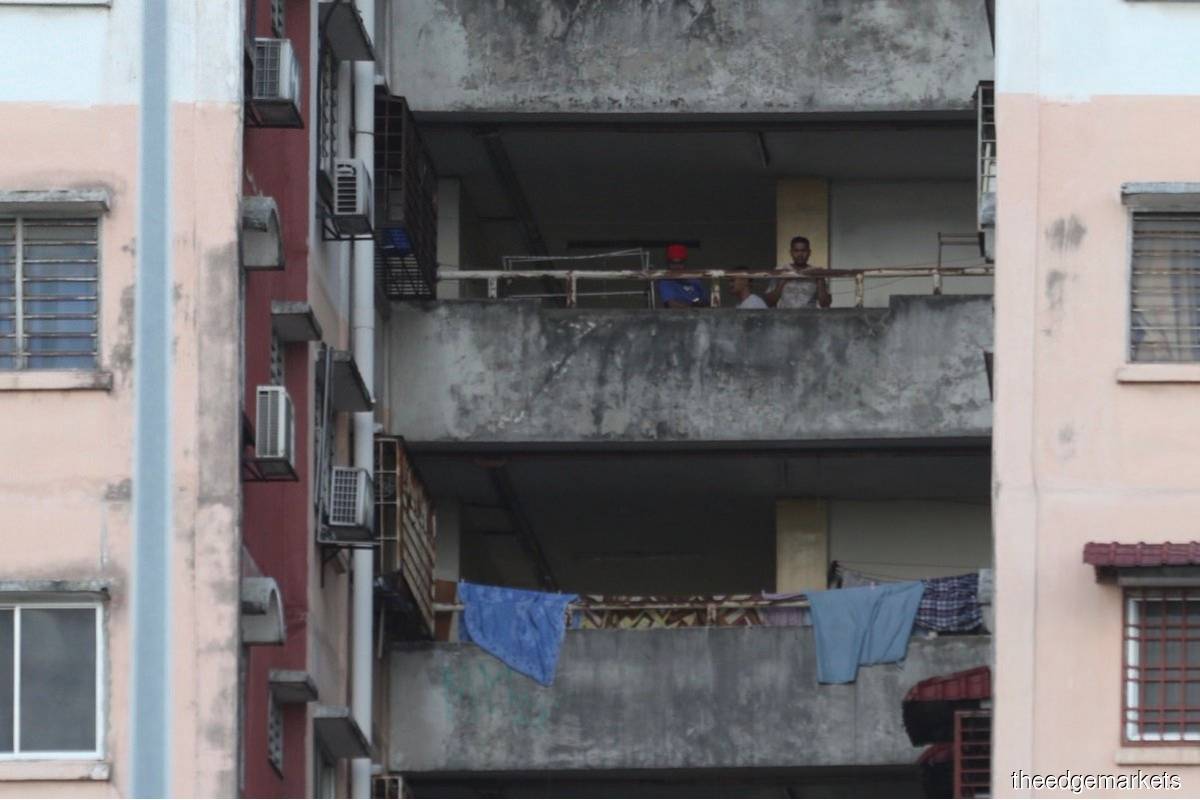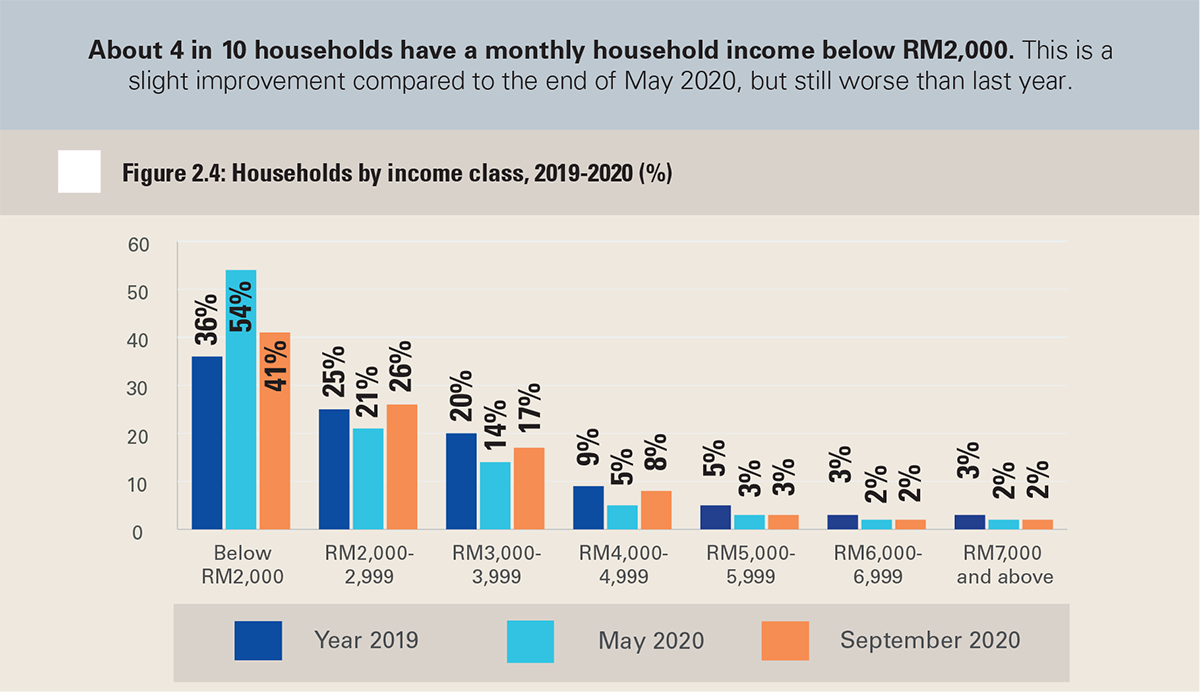PPR folks not rich, though 11% earned over RM5,000 pre-Covid-19 — UN study

KUALA LUMPUR (Nov 2): Among the many depressing figures showing the hardship faced by the urban poor living in low-cost flats, a couple of figures struck as an anomaly: 7% households earned at least RM5,000 a month, while 2% above RM7,000 a month as at September this year, according to data appended in the second instalment of a study commissioned by two United Nations (UN) agencies released on Oct 30.
That’s more than the RM4,850 monthly income threshold for the bottom 40% (B40) income group in Malaysia, where the median household income threshold was RM5,873 in 2019.
The figures were even higher in 2019 before Covid-19 hit — as many as 11% of households living at the Kuala Lumpur City Hall (DBKL) Projek Perumahan Rakyat (PPR) low-cost flats earned above RM5,000 a month, while 3% earned over RM7,000 a month, according to the "Families on the edge" report (Part 2) by the United Nations Children's Fund (UNICEF) and United Nations Population Fund (UNFPA) that was conducted in partnership with Malaysia-based public policy research outfit DM Analytics.
There is a simple explanation as to why the household income figures look high, but the PPR folks remain low-income earners — the headline income is not from one person but as many as four or five people in a family with seven or eight people on average.
To be exact, the median number of income earners is five among households that earn above RM7,000 a month, while their median household size is eight people. Similarly, for households earning above RM5,000 a month, the median number of income earners is four, and the median household size is seven.
“Many of these households are three-generations,” DM Analytics managing director Muhammed Abdul Khalid told The Edge.
A household income of RM7,000 per month from five income earners points to RM1,400 income per month each, while an income of RM5,000 per month from four income earners points to a monthly income of RM1,250 per month, back-of-the-envelope calculations showed.
The high headline figure of household income is yet another indication that Malaysia needs to release more granular data on individual income levels to aid independent social and economic policy research, just as how the Department of Statistics of Malaysia (DOSM) has made available data of the 2019 Household Income and Basic Amenities Survey (HIS2019).
This will prove important as Malaysia works towards expanding its social safety net to ensure that no one is left behind as the country moves forward. After all, the size of the households, or more specifically the number of dependents that an income earner has, is essential in determining whether government or social assistance is required.
The HIS2019 defines B40 households as those with income below RM4,850 a month and the top 20% (T20) as households with income of at least RM10,960 a month. One-third of Malaysian households are those with at least five people, while only 7.7% or 559,800 households are single-person households, data of the HIS2019 shows.
The T20 household income threshold of RM10,960 a month, for instance, can also be achieved by adding the wages of five persons earning RM2,192 a month — which is below the new poverty line income (PLI) of RM2,208 per month — and why policy to eradicate poverty and reduce inequality needs to dive deeper than headline household income figures.
Get the latest news @ www.EdgeProp.my
Never miss out
Sign up to get breaking news, unique insights, event invites and more from EdgeProp.
Latest publications
Malaysia's Most
Loved Property App
The only property app you need. More than 200,000 sale/rent listings and daily property news.

